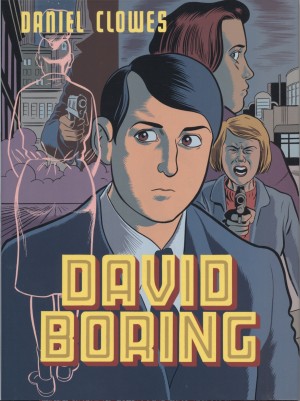Review by Diego Guerra
We are in the early 1970s. Seymour, the son of Jewish immigrants from Iraq, raised in Australia, is 27 and chasing his dream of becoming a film director in Hollywood. He’s working as an editor at a B-Movie film production company. One day, his boss Val makes him an offer he can’t refuse: buying an unpublished script and producing a horror movie that will use pre-existing footage, Seymour’s script, and some scenes shot on a shoestring budget.
We follow Seymour on his cinematic adventure, through the trials and tribulations of a low-budget shoot, the jealousy and grudges among actors and directors, the wild schedules, unforeseen disasters, parties, and the decadent world of cinema in all its glory, but on a tight budget. Despite having a wife and a baby at home, Seymour isn’t unaffected by the advances of an actress, Joy, who believes she chose the wrong career, or his assistant Myrna, whose husband is fighting in Vietnam. The production turns into a nightmare when the director is fired, and Seymour takes on the role of director himself.
Meanwhile, Ida, his unhappy wife, travels to New Zealand to visit her Holocaust survivor parents, reconnecting with old friends like the mechanic Snoopy, and unintentionally triggers a tragedy.
This is not your usual graphic novel story as Blood of the Virgin departs from common genres and general tropes, yet also avoids the overused device of autobiography. There might be similarities between Seymour and creator Sammy Harkham—the budding artist, the child of immigrants. Still, Harkham sets his story fifty years ago, and his anti-hero is a filmmaker, not a cartoonist. We won’t know, perhaps we don’t want to know, what other similarities and differences there might be between the author and the character. What truly matters is that we are dealing with a good story.
Harkham’s artwork is relatively simple, but he has no trouble recreating a city, a desert, a luxurious mansion, or a cosy and simple apartment. in a fairly three-dimensional manner. The expressions of the characters are well-crafted, and at times, we forget that we are reading comics and instead feel like we’re watching a film by Robert Altman or Peter Bogdanovich. In both the script and its graphic representation, the characters are multi-dimensional, and all have depth, their internal dramas shown, so they’re endearing, flaws and all.
Blood of the Virgin is an enjoyable and engaging read, where we always want to know what will happen on the next page. But it’s also a personal and ambitious work reminiscent of better 1970s American cinema, with its human portrayals and the absence of simple solutions to difficult problems.





